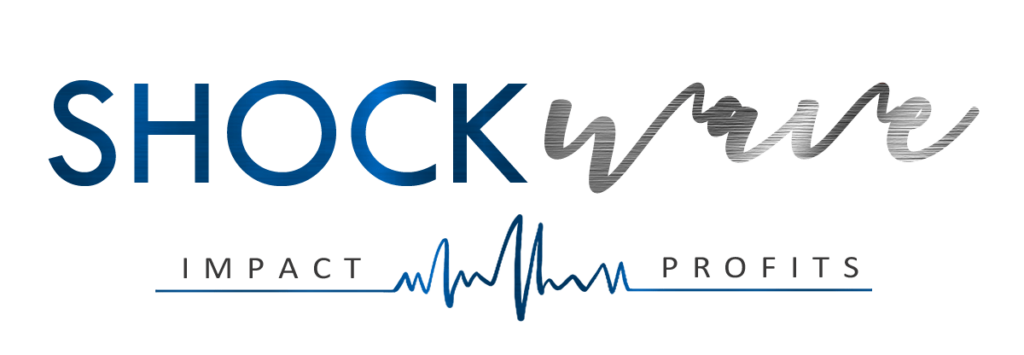Last Chance for Demographic Targeting?

By Richard Parkin
Tomorrow, January 19th, Facebook plans to change demographic targeting forever. That’s not some clickbait-type headline – the changes really are that dramatic.
While Facebook has mentioned the changes to all marketers, their email somewhat understates the importance of those changes. According to Facebook’s communications, the ad platform plans to remove:
“some audience targeting options… that are infrequently used or related to topics people may perceive as sensitive”
For some readers, this may imply a minor set of changes – removing some of the overly-specific categories available for Facebook advertising. In reality, the situation looks to be very different.
Let’s look at what’s actually being affected – and what you can do to minimize the problem.

Facebook Changes for Demographic Targeting
As of tomorrow, Facebook is planning to remove some detailed targeting options for advertising, specifically making changes within 4 categories:
- Health Causes
- Sexual Orientation
- Religious Practices and Groups
- Political Beliefs
While most of these changes are designed to prevent negative experiences and cut back on Facebook’s reputation for unauthorized political advertising, there’s a couple of points that really merit discussion within the direct response field.
There’s certainly a lot of businesses that benefit from advertising based on sexual orientation, religion, and the like – any gay/ pride-focused shop inherently requires the ability to advertise to LGBT customers, as an obvious example.
In any case, Facebook says they’ve considered the issue, making it very unlikely that the decision will be reversed any time soon. As such, knowing how to act is crucial – we’ll discuss this next section.
It’s also worth considering the implications around that health causes category. Being able to reach people experiencing certain health issues is vital for supplement manufacturers, giving companies a way to directly support and benefit their ideal customers.
Based on the examples Facebook has given, it’s worth assuming that they’ll be cutting off a significant portion of all medical advertising: ‘(e.g., “Lung cancer awareness”, “World Diabetes Day”, “Chemotherapy”)’. Again, this isn’t going to change in any positive way for a long time (if ever), so it’s going to be critical to understand your options for mitigating the negative effects.
What to Do About Demographic Targeting Changes
There’s certain points you should be aware of around the rollout of these changes. Firstly, understand what’s actually happening tomorrow. If you’re already running ads targeting the removed categories, you won’t be affected for the moment.
Tomorrow’s changes are purely aimed at future campaigns – you’ll no longer be able to create new campaigns targeting the demographics. Any existing campaigns can be edited, and used more or less as standard.
That all changes on March 17th. At that point, Facebook will be turning off any campaigns using the targeting options, preventing your pre-existing campaigns from running. As such, there are several actions you should take, or may want to consider for your advertising. I’ve broken these down by timing below:
Immediate Actions:
- If you plan to launch any campaigns targeting the kind of segments noted above, get them created now. This will allow you to pull around 2 months worth of data.
- You may want to add a UTM tag to any campaigns using said segments. This will allow you to create lookalike audiences expressly targeting the segments – not quite as precise or convenient as the original option, but a reasonable alternative.
Actions for January 20th/ Late on the 19th:
- Verify what demographic targeting options no longer exist – Facebook has yet to produce a full list of affected segments.
- List any changes that you’ll need to make over the next 2 months – any campaigns that won’t exist, ad groups that will no longer run, and the like.
Before March 17th:
- Start building, uploading and using lookalike audiences to recover your targeting capacity. Again, don’t expect to maintain your metrics – lookalikes typically require refinement over time.
- Collect any data you need from your affected campaigns and ad groups – understand your audience as much as possible.
- Facebook recommends moving towards more automated targeting through their ad system. This may not be the ideal approach – consider whether it’s reasonable for you.

Future Facebook Advertising Changes
This isn’t the only major change for advertising that Facebook plans for 2022. In line with the general movement towards consumer control we’ve seen over the last year, Facebook plans (at an unspecified time) to expand user control over ads.
According to the press release from Facebook, they plan to start ‘giving people control of more types of ad content, including gambling and weight loss, among others’ in 2022. It’s unclear exactly what this change will look like, or when it will take place, but it’s certainly something to keep in mind.
If users don’t want to see your content, you’re in a bad place. Start building campaigns and content that really appeal to your target demographic, give them a reason to be interested.

